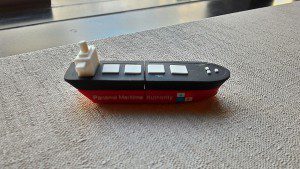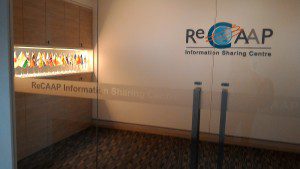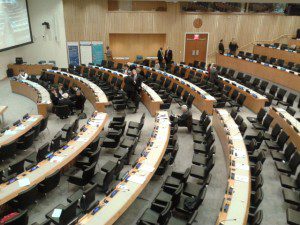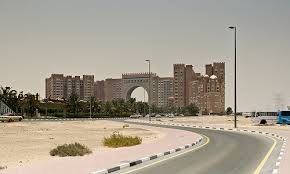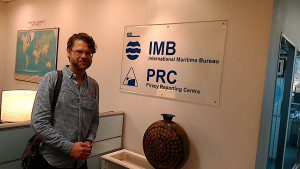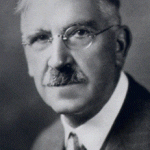Before attending today’s ReCAAP piracy conference, I visited the Sea Asia Exhibition, a maritime trade show. On display were engine parts, safety and navigation equipment, and a range of consultants were offering there services. Nothing unusual, as at any other industry fair. Yet, there was something else on offer: sovereignty. Several flagstate authorities were advertising to register their ship under their sovereignty. St. Kitts and Nevis, Panama, Singapore, but also the UK had booths at the fair. Sovereignty is not supposed to be for sale. Yet, in the maritime world buying, selling and outsourcing sovereignty is an everyday phenomenon. It is a commodity, a fact that not only challenges conventional understanding of sovereignty and the rights and obligations that come with it. It is also hugely problematic to address maritime crime given that under the UN Convention of the Law of the Sea, law enforcement falls under the flag state. Let’s hope more people shop their flag in the UK. But quite honestly, the St. Kitts and Nevis booth looked much more attractive, and Panama’s free gift, a ship USB stick is sort of cool, too. Some further flag state pics below.



